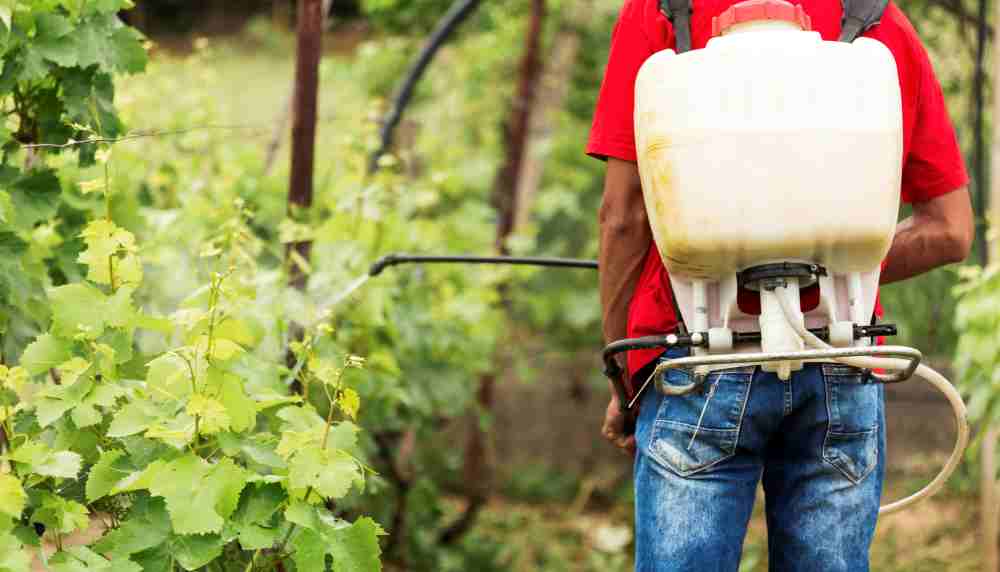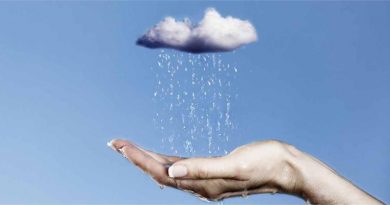FAO report: 710 tonnes hazardous pesticides enter oceans annually
 pesticides farming agriculture organic FAO
pesticides farming agriculture organic FAO
A recent study published by Food and Agriculture Organization (FAO) in journal ‘Nature’ has found that 710 tonnes of pesticides that are hazardous chemicals leach into the aquifers and then reach the oceans every year. FAO has published the study in association with Australian scientists.
The FAO study held that pesticides are ubiquitous environmental pollutants negatively affecting ecosystems and human health. About 3 Tg of pesticides are used annually in agriculture to protect crops. The pesticides leach first into the rivers or waterways that drain into seas. 13,000 km of rivers around the world are found to have exceeded safe levels.
The study says that the quantum of pesticides’ leaching into aquifers is uncertain and it’s a challenge to monitor its movement on the planet. Hence the scientists accounted for 92 most used agricultural pesticides to access their pathways through the principal catchments of the world and draw a near present picture of the global land and river budgets. This also includes the pesticides discharged into oceans.
The study has, additionally, identified pesticide hotspots world over. This also includes the Ganga or Ganges river in India besides major river systems of the world that meander through large agricultural tracts. The report said that rivers in Europe received an intermediate pesticide yield from land with hotspots along the Po and Danube.
The study was done on annual pesticide used in 144 major water catchment areas which amounts to about 940,000 tonnes. Globally, about 3-million tonnes of hazardous pesticides are sprayed in fields every year. In this scenario, FAO finds that 82% of pesticides degrade into other molecules. About 10% of the pesticide quantity stays as residues in farm soil. About 7.2% of pesticides that make 68,000 tonnes find their way into underground aquifers.
The FAO study finds that nearly 730 tonnes of pesticides enter river systems annually. About 710 tonnes in total reach the oceans. The study says, “Although this amount is less than 0.1% of net inputs, it is a cause of decreased species richness of stream invertebrates with little known consequences on near-coast ecosystems.” This small amount of pesticide in water is way above the ‘safety levels’, says the FAO study.




